Cha: Also, I’m trying to—and adrienne maree brown’s work is a big part of my journey in this!—just recognize that the body, as small as it feels compared to the largeness of who we are, can also be such a vehicle for that healing and that joy. The body can be a space of pleasure, excitement, and connection; it can be a way of listening to the many selves within us. Our bodies can tell us things about what we need that maybe our brain can't.
Ann: That’s a word! Our bodies can tell us about ourselves and our journey more than the mind. The mind has been filled with all these concepts of unworthiness and being othered and not being special, when the fact that we can even snap our fingers is a very special thing.
Okay, okay, we could go on but I'm going to push forward and ask the next question. You talk about the past and our ancestral connections, and we’ve talked about the present and being in the here and now, and I just want to take a tiny moment to talk about what excites you about the future of the intimacy world. Is there anything you're excited or curious about?
Cha: There are two things about the future of intimacy that consistently bring me joy. The first is this idea that there are more voices every day in the intimacy world. I fundamentally believe that the more voices we have the better we will be, and the more we can learn and allow space for different kinds of expertise and for uplifting each other's work. That is happening, and it will continue to happen. I just want more, abundance, more, more…
Ann: Yes!
Cha: And then the other thing: my hope is that as more people understand some of the foundations of this work—namely, the consent-forward central piece of this work, the understanding that inviting true consent is the starting point of fruitful and healthy collaboration—I am very excited for a day when I can walk into a room that is already a consent-forward space. That I, as a movement professional, don't need to be the consent educator in that space. That I can come into an already consent-forward space, a space that already honors the autonomy and creativity of every individual in that room and the collective that is possible, and I can come in and collaborate on movement.
Ann: That's great. I want that for you. I want that for me. I want that for us. I want that for the industry. I want that for the theatrical and film and television machine. I want that for the planet.
Through consent and through meeting people where they are and embracing our differences, we'll create better art.
I hate that this is the last question. Is there anything that we haven’t discussed that you would like to share or talk about? Is there something in your practice, or something that we haven't discussed, that you would like to share with us?
Cha: I just want to double down on this idea of the multitudes within each of us. Specifically in the fact that I do consider myself a multi-disciplinary artist and that I consider that essential to my practice. The difficulty, the logistical difficulty, of being an actor, a dramaturg, a playwright, a fight director, and an intimacy director is nuts. It's wild. My schedule is… ah, no words. But it is essential. If I weren't regularly working as an actor, my intimacy practice would suffer. If I didn't have an understanding of how violence works on the stage, my intimacy practice would suffer. When I work as a dramaturg, the difference that I can make in the intimate stories that we're telling on the page is so huge that that feels like part of my intimacy practice, even when I am not the intimacy director on a project. So, my own personal agenda of telling better, more diverse, more nuanced stories of intimacy is constantly uplifted by having the opportunity to be in the room in all these different ways. Because all of those things speak to each other. I don't think that means that every intimacy director needs to also be eight hundred other things, but it is a part of my practice. When I come into the room as an intimacy director, I don't take off my dramaturgy hat. It stays firmly planted on my head. I think that's really good.
Ann: I think it’s great! The many skills and talents and gifts that are within you, Cha, are such a benefit to this industry. And from me to you: I really, really wish the very best for you and all that is you. I truly do. And, I would just like to take a moment to thank your ancestors for the survival and the endurance to get you here. I truly, truly am grateful to all of them.
Cha: I want to reflect that gratitude back to you and to your ancestors that you bring with you every day, for creating spaces like this one, like your podcast, like the spaces you create in rehearsal rooms. I'm very grateful for the space that you are creating in this industry that is so unique and so important.
Ann: Thank you.

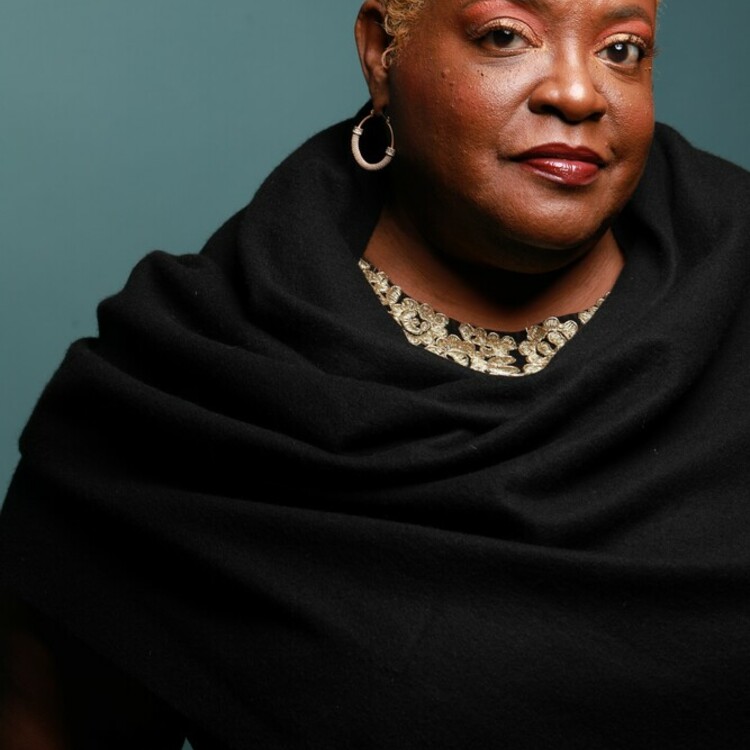
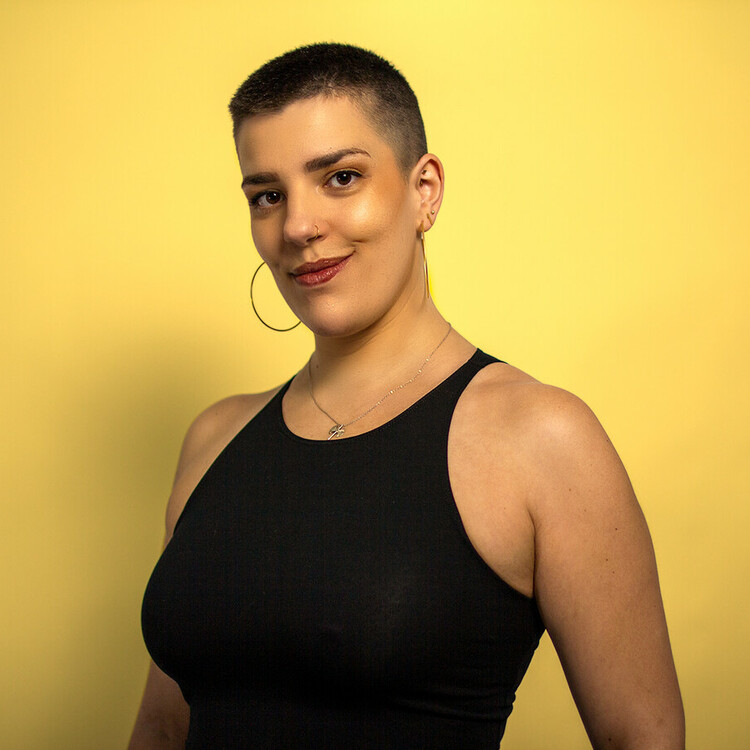
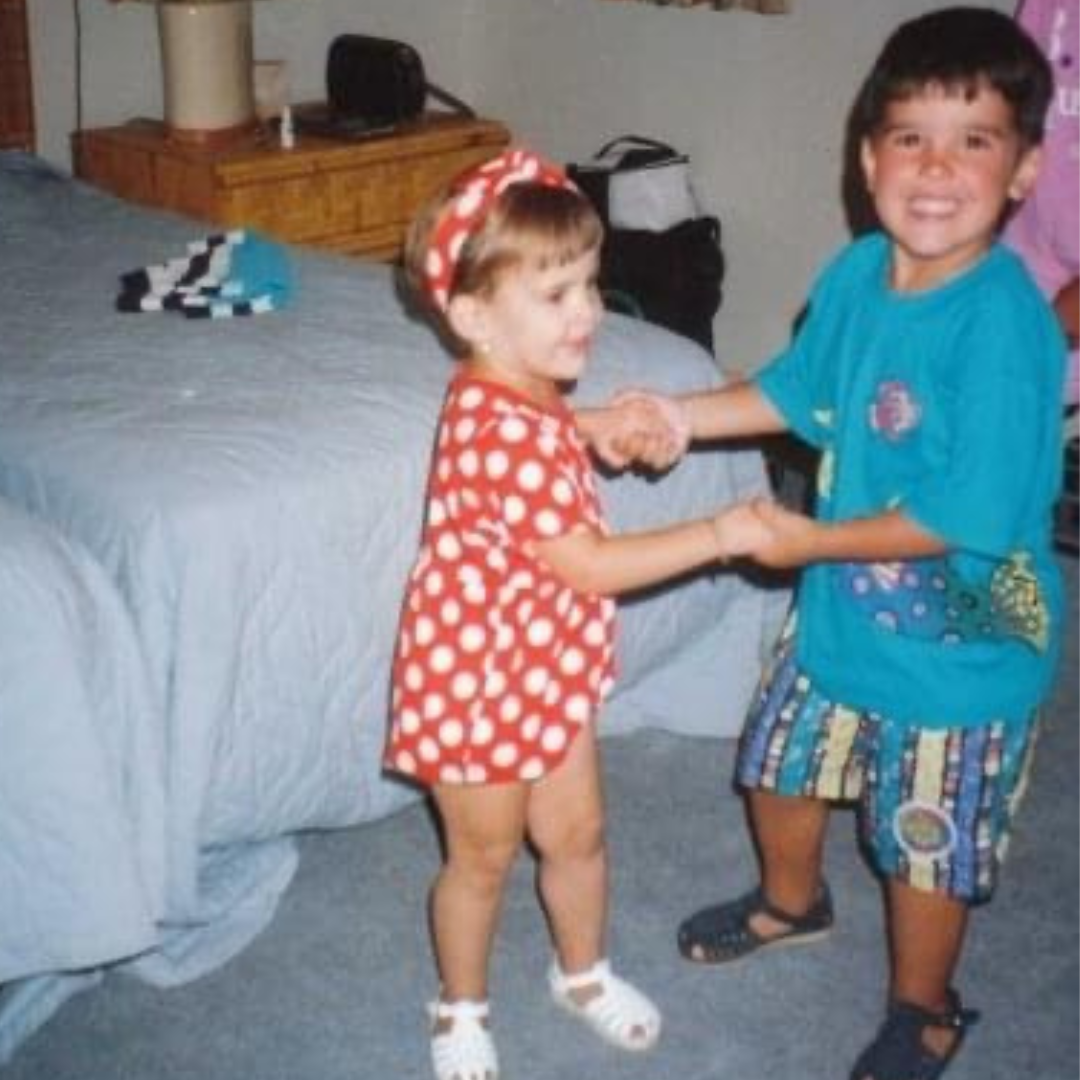
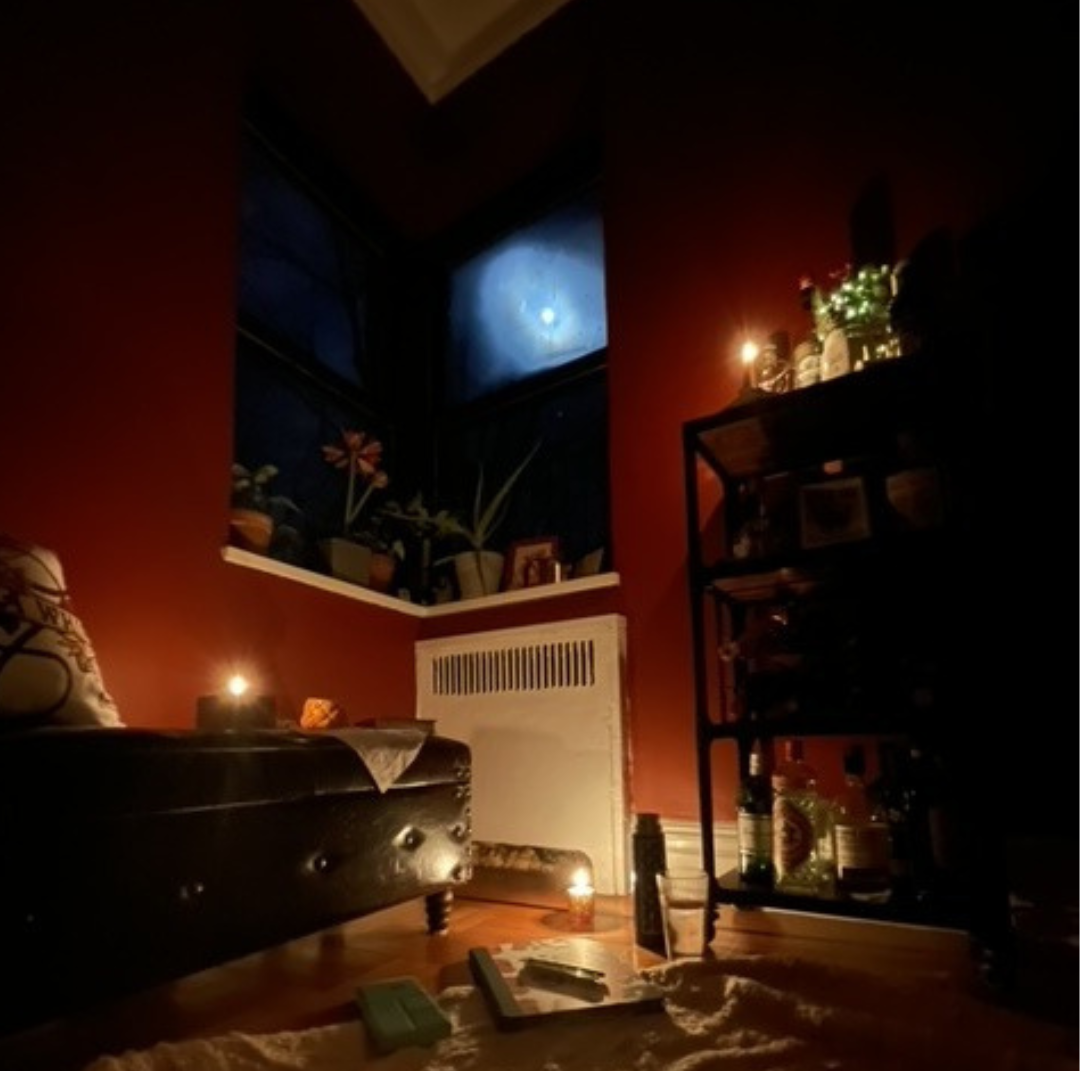
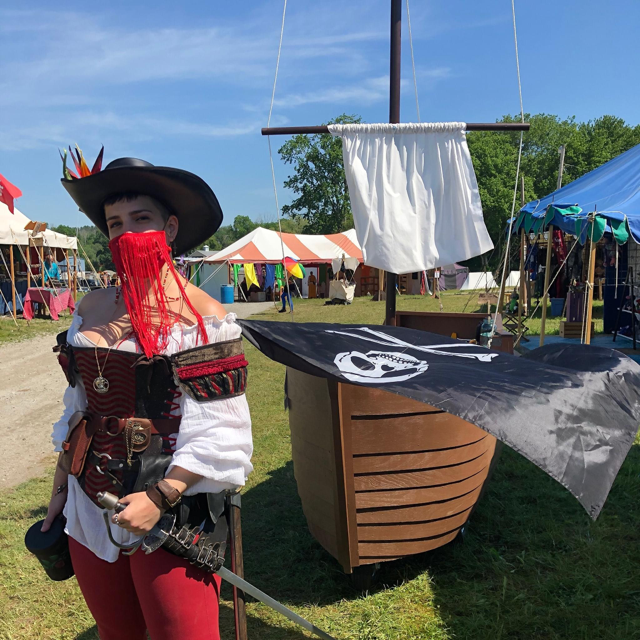
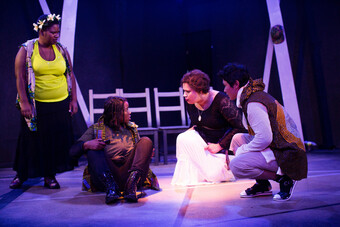


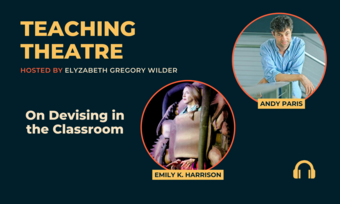



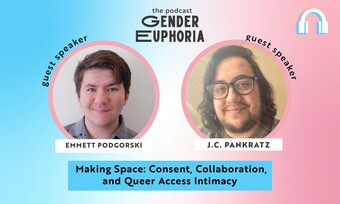



Comments
The article is just the start of the conversation—we want to know what you think about this subject, too! HowlRound is a space for knowledge-sharing, and we welcome spirited, thoughtful, and on-topic dialogue. Find our full comments policy here